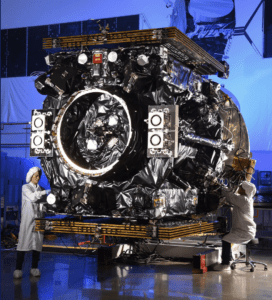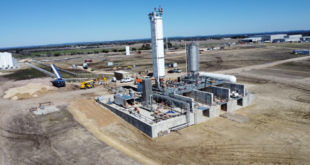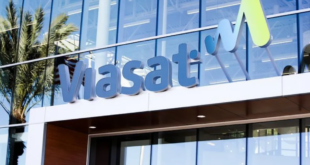by Jose Salgado

There are currently more than 11,000 satellites in LEO and GEO, and only about 3,000 of those are active, this means that there are over 8,000 deactivated satellites.
But space is booming, and in 2020 the world registered the highest number of satellites launched per year, with a record of 1,283 which represents 42% of all active satellites now in orbit.
Although it’s a high number, it pales in comparison to expert forecast that estimates there will be over 100,000 satellites by the end of this decade.
What are the risks of rapidly increasing in-orbit presence in a very short period of time, without strict international rules or regulations that dictate how a company operates a large number of satellites (ie. constellations), and with very little standardization?
Besides the end of the Space Economy due to imminent collisions, another huge risk is the environmental one. According to researchers Boley and Byres, “satellite re-entries from the Starlink mega-constellation alone could deposit more aluminum into Earth’s upper atmosphere than what is done through meteoroids; they could thus become the dominant source of high-altitude alumina” that has a negative impact on our ozone layer.
One way to decrease the number of satellites without losing capabilities is In-Orbit Servicing or IoS. According to the new ESA DG “ In-Orbit Servicing represents a change of paradigm, because servicer spacecraft would indeed be able to perform repairs, add capabilities, refuel or even recycle parts of the satellites they service”.
The American company Northrop Grumman is a pioneer in the in-orbit satellite servicing segment. The MEV-1 or Mission Extension Vehicle-1 was the industry’s first satellite life extension vehicle, completing its first docking to a client’s geostationary satellite (Intelsat IS-901) in February 2020, lifting the sidelined satellite out of GEO graveyard orbit to bring it back into service.

One year later, in April 2021 the same company achieved another success when their Mission Extension Vehicle-2 docked with another Intelsat’s 10-02 spacecraft. The two spacecraft will stay locked together for five years to extend the life of the IS-10-02, which was running low on fuel after being in orbit since 2004. MEV-2 will then undock and move on to a new mission.
Northern Sky Research’s In-orbit Servicing & Space Situational Awareness Markets report forecasts demand for GEO Life Extension mission to grow to 75% by 2030, representing a cumulative market opportunity of $3.2B.
In-orbit servicing is a logical progression in the development of our space exploration and exploitation. Assets here on Earth worth millions or even billions will never be left unmaintained and will be serviced and upgraded periodically, this should be the aim for the most sustainable access to space, instead of mass-producing small disposable satellites that generate an environmental impact, clog orbits, and put other space assets at risk, including spacecrafts transporting humans.

Jose Salgado is a Space Commercialization specialist and founder of Unite Space.
 SpaceWatch.Global An independent perspective on space
SpaceWatch.Global An independent perspective on space




